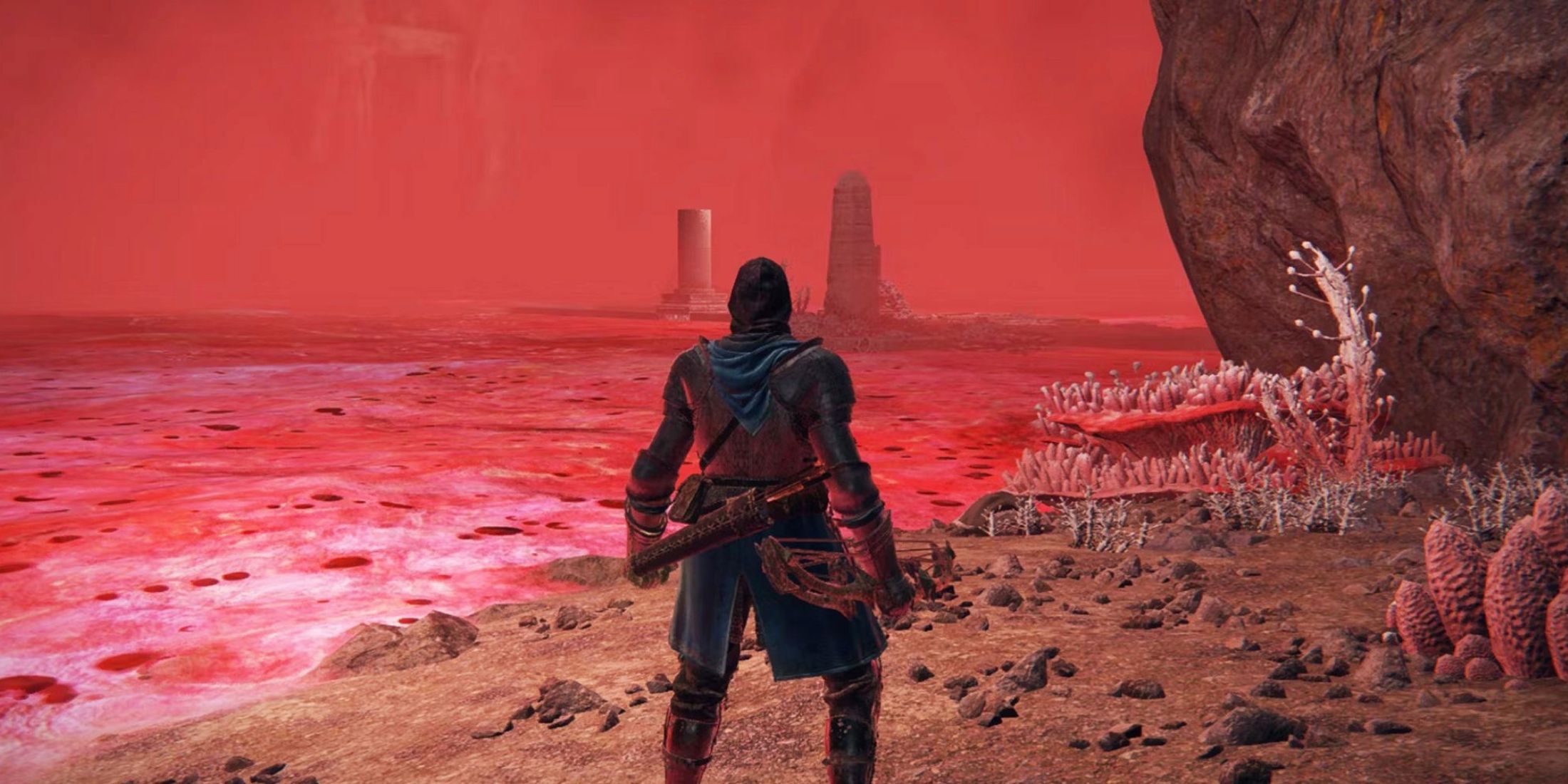Set to be FromSoftware’s next major release, Elden Ring Nightreign will serve as an unexpected continuation of the original’s IP when it launches this year. Moving away from the single-player design that The Lands Between has become known for, the game’s roguelike, preset character-driven approach will be a landmark moment for the studio. In terms of its map, however, Elden Ring Nightreign‘s apparent commitment to remaining limited to its new region could end up ignoring one of its world’s most captivating elements.
Following the initial reveal of Elden Ring Nightreign at The Game Awards 2024, it was stated that the game will be entirely set within an area known as Limveld. This new region is said to be a sort of dark mirror to Limgrave, incorporating familiar and novel visual elements in what is said to be a randomized map layout. While it makes sense that FromSoft would return to one of Elden Ring‘s most popular locations, the lack of any underground places being mentioned so far raises some concerns.

Related
Elden Ring Nightreign Could Finally Make FromSoftware’s Most Despised Locations Click
Poison-themed areas are one of FromSoftware’s most persistent annoying habits, but Elden Ring Nightreign could give them a pleasant twist.
Elden Ring’s Underground Zones Make Up a Sizeable Portion of Its Playable Area
The Optional Mystique of the Eternal Cities Takes Advantage of FromSoftware’s Obscure Game Design
By being tied to various major bosses and the bulk of Ranni’s questline, the subterranean parts of The Lands Between are a prolific side of any thorough playthrough. Nokron, Nokstella, and the Nameless Eternal City are home to some of the most atmospheric and impressive moments many players experience, but they are also completely optional. It became necessary to face Elden Ring‘s Mohg, Lord of Blood in order to access Shadow of the Erdtree, but the base game allowed these places to be rewarding secrets that could be explored organically.
With the advent of the multiplayer-centric, time-limit-based structure of Elden Ring Nightreign, however, there’s a chance that Limveld won’t be given the same depth as its previously existing counterpart. Architecture resembling that of the Eternal Cities has been seen in the overground of the game’s world in its announcement trailer, meaning that this side of its predecessor might not be making the transition.
Limiting the Map of Elden Ring Nightreign to the Overworld Alone Would Be a Wasted Opportunity
Allowing Limveld to Incorporate More Than Just an Early Game Aesthetic
It’s still unclear just how much will be available to the map randomization mechanic that changes the layout of Limveld with each session, but there are numerous styles to draw from if it creatively reuses parts of The Lands Between. While it would have to be contextualized within the lore somehow, there’s no reason that an underground component can’t occupy a similar role by mixing elements of the different Eternal Cities and their respective surrounding cave areas. Considering that Bloodborne‘s Chalice Dungeons seem to represent an early attempt at procedurally generated maps which has carried over into this upcoming project, then delving into the underground of Rimveld has the potential to pay the most homage to that origin. In terms of general flexibility as well, it wouldn’t be out of place for tunnels to be used as a medium to connect disparate elements of Elden Ring and Dark Souls alike in isolated zones.
Nightreign’s Scale Might Have Been Downplayed
Due to comments by studio lead Hidetaka Miyazaki regarding the scale of Elden Ring: Shadow of the Erdtree having aged rather poorly following the revelation of its greater size upon release, there’s also a genuine chance for Nightreign‘s map to end up being more than just a flip of Limgrave alone. Although it might have been honest to say that it takes place entirely in Limveld, there could be far more to it if whatever is beneath the surface is still classified as the same region.














Leave a Reply